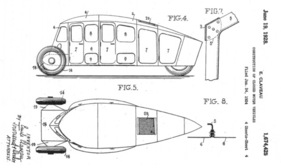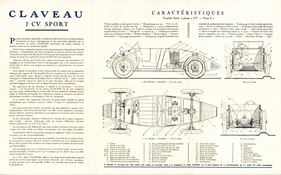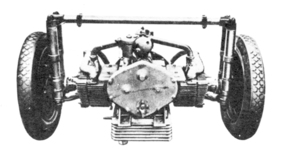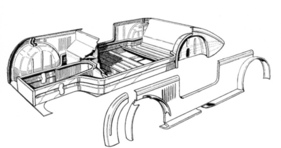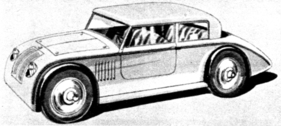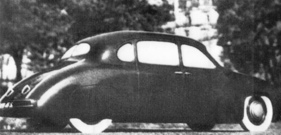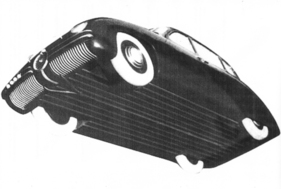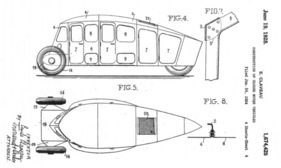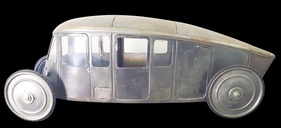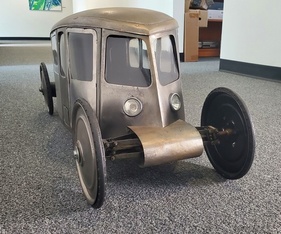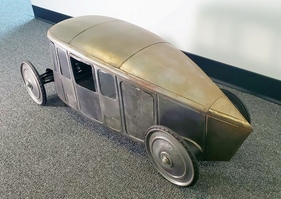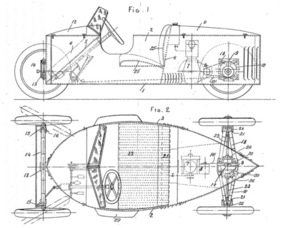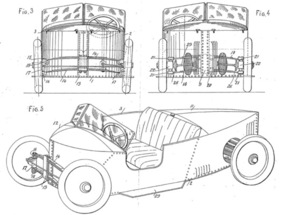The cars of Emile Claveau - Always ahead of progress
Summary
Émile Claveau was one of those designers who only built cars for motor shows, a magazine once wrote somewhat disparagingly. In fact, his designs were often so advanced that no manufacturer dared to adopt them. What remains are self-supporting aluminum bodies, four individually suspended wheels and a single surviving prototype. This article tells the story of Émil Claveau's work and how he made progress possible.
This article contains the following chapters
- A philosophical approach
- First work: a mid-engined sports car
- Closed and air-cooled
- Change to front-wheel drive
- V8 saloon made of light alloy
- The only survivor
Estimated reading time: 18min
Preview (beginning of the article)
Although the automobile was invented in Germany, it was industrially developed and actively promoted in France. The major French car manufacturers had already established themselves before the turn of the century and by 1902 had reached a five-digit annual volume. In 1905, French manufacturers produced more than 20,000 cars; by 1913, this figure had risen to 45,000, with Peugeot and Renault leading the way with around five thousand units each. These pioneers - including Panhard & Levassor, De Dion and Renault - made France an early market leader in the manufacture of engines and the promotion of the automobile. Soon the French were building bigger and faster cars to compete in city-to-city road races. They founded the first automobile club, played a leading role in founding the first international association of automobile clubs and organized the first Grand Prix race in 1906.
Continue reading this article for free?
Photos of this article





